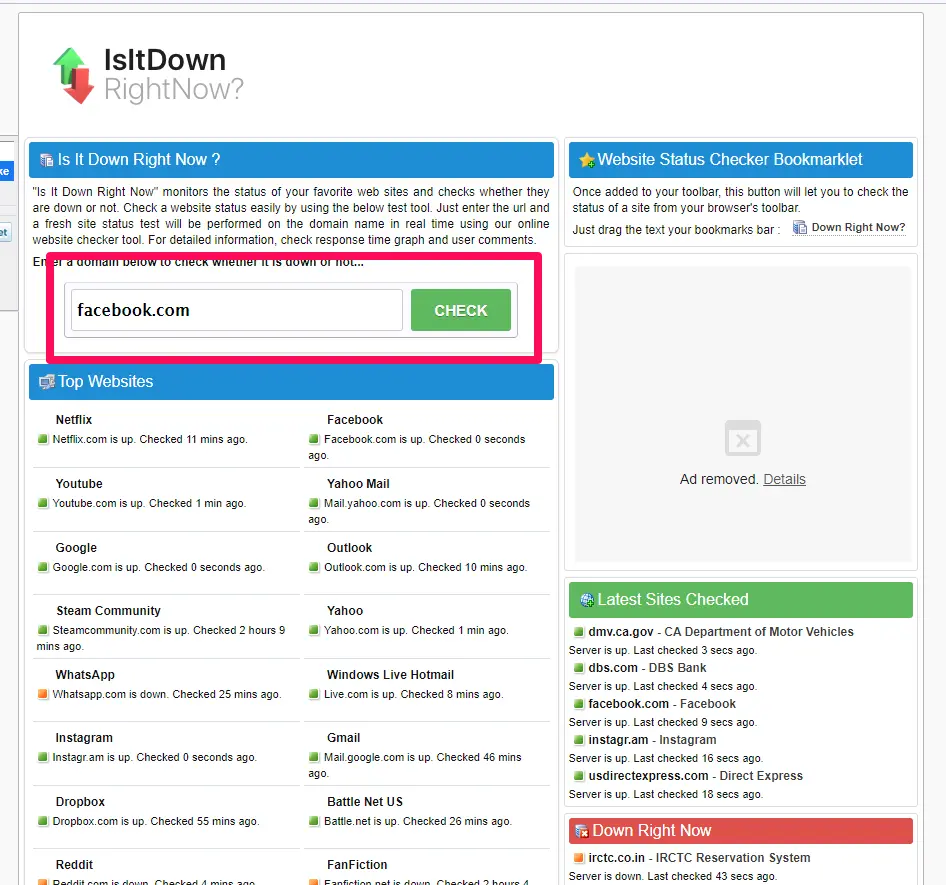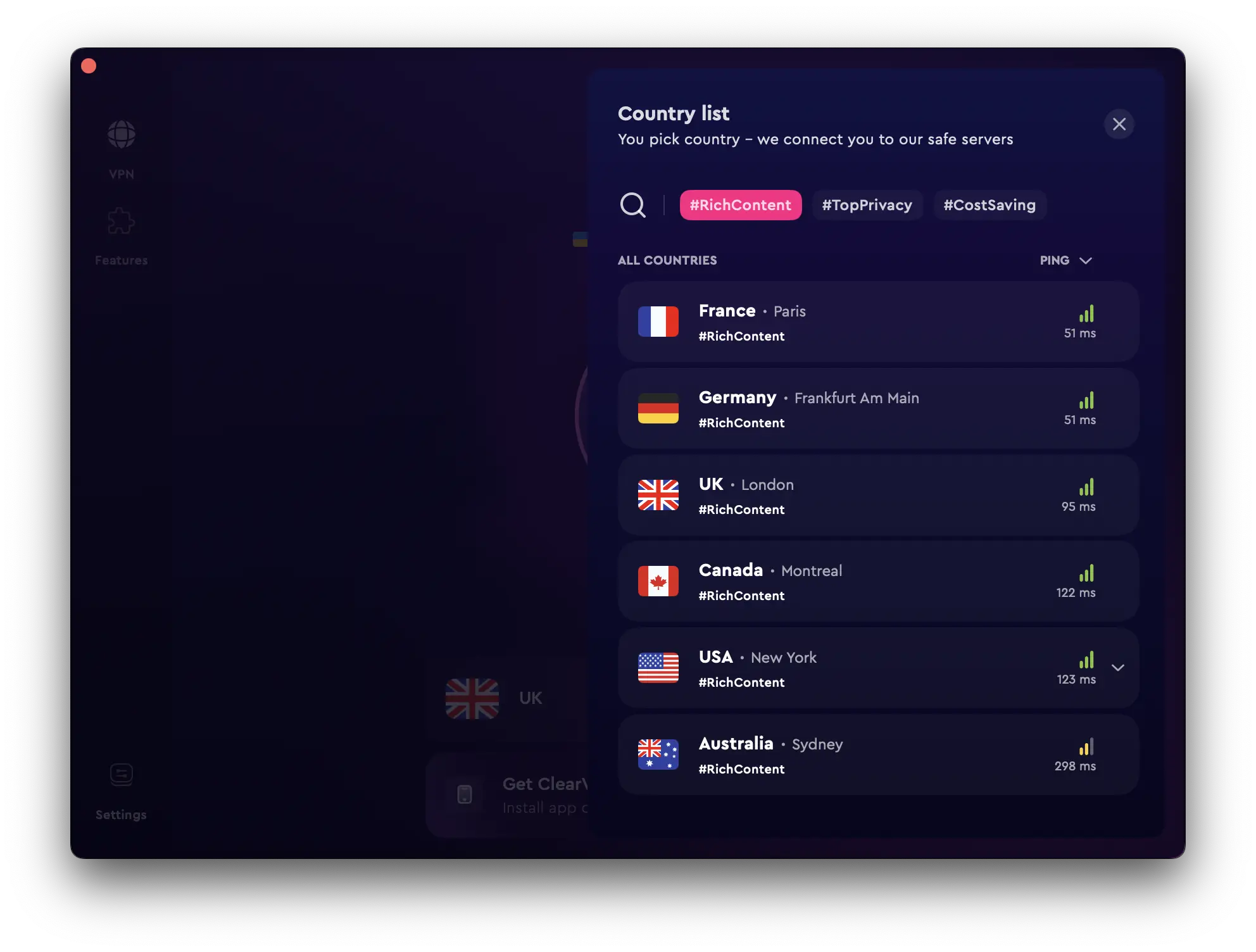In the digital age, access to information is considered an essential right, yet it’s often impeded by a practice known as ISP blocking. This practice, where Internet Service Providers (ISPs) restrict access to certain websites or services, can significantly impact your online experience.
Whether it’s to enforce governmental regulations, restrict access to pirated content, or manage network traffic, ISP blocking affects millions of internet users worldwide. But don’t worry — in this guide, we’ll uncover what ISP blocking is, why it happens, and how you can bypass it.
Let’s dive in!
What is an ISP block?
Before anything else, it’s important to understand what an ISP block is and how it works.
In simple terms, it’s the act of preventing access to certain websites or services by your internet service provider. This restriction can be applied at various levels, including at the DNS (Domain Name System) level, IP (Internet Protocol) address level, or through ‘deep packet’ inspection techniques.
For example, if your ISP blocks access to a specific website, when you type the website’s URL into your browser, you’ll either see an error message or be redirected to a different page. This restriction can also apply to certain online services like streaming platforms or messaging apps.
Another common form of ISP blocking is bandwidth throttling, where your ISP intentionally slows down your connection speed for certain websites or services. This can significantly impact your online experience and make it difficult to access the content you want.
Why ISPs blocking websites?
This begs the question — why is ISP blocking websites or apps? There are several reasons why your ISP blocked access to certain content:
- Government restrictions: In some countries, governments impose regulations on internet access, and ISPs are then required to comply with these restrictions. This often involves blocking websites that contain controversial or sensitive content.
- Copyright protection: Some ISPs block access to websites that offer pirated content to protect copyright holders’ rights and prevent illegal downloading.
- Network management: ISPs may block certain websites or services to manage network traffic and ensure a smooth browsing experience for all their customers. This is often done during peak usage hours when networks are strained.
- License agreements: In some cases, ISPs may need to block certain websites or services due to license agreements with content providers. This can happen with streaming platforms that have exclusive rights to certain content in a specific region.
One notable example of ISP blocking is the Great Firewall of China, where the government heavily regulates internet access and blocks numerous websites and apps. This is done to control information flow and restrict access to certain foreign websites deemed politically sensitive.
Another far more common occurrence of ISP blocking is with streaming services such as Netflix and Hulu, which often have different content libraries in each country due to licensing agreements. This explains why you can’t access certain shows or movies from your location even if they are available on the same streaming platform in a different country.
How to check if the ISP is blocking website?
Now that we’ve covered the possible reasons behind an Internet provider blocking websites, you may wonder how to check if a specific website is blocked by your ISP.
There are generally two ways to check for ISP blocks:
- Checking with a different network: One way to test if a website is blocked by your ISP is to try accessing it using a different network, such as your mobile data or through public Wi-Fi. If the site loads without any issues on these networks, then it’s likely that your ISP is blocking it.
- Website block check tools: These tools can provide insights on whether a website is inaccessible just for you, or if it’s blocked for everyone. Some popular options include “Down For Everyone Or Just Me” and “Is It Down Right Now“.
For example, with “Is It Down Right Now”, all you have to do is key in the website domain and click on the check button. If the site is up for everyone but still inaccessible to you, chances are your ISP is blocking it.
Note that Internet service provider blocks can be permanent or temporary. If you were able to access the site before and suddenly can’t, chances are it’s temporary. However, if you’ve never been able to access the site, it’s likely a permanent block.
How to remove ISP blocking?
Now for the fun part — how to bypass ISP blocking and access the content you want. Let’s say that you’ve determined that your ISP is indeed blocking a website or service. How do you remove the block?
As mentioned earlier, you can try using a different network, but this may not always be possible or convenient. Plus, all ISPs in your region may be blocking the same website or service which is often the case for government-mandated restrictions and geo-blocking limitations set by content providers.
In this case, your best bet is to use a Virtual Private Network (VPN). A VPN creates a secure, encrypted connection between your device and the Internet by routing it through a remote server from a different country/region. This way, your ISP can’t see what you’re doing online and can’t block access to specific websites or services.
For example, let’s say that you’re in the US and want to access a website or service that’s only available in the UK. By connecting to a VPN server located in the UK, you can bypass your ISP’s block and access the content as if you were physically present in the UK.
How to use a VPN to bypass ISP block?
In this section, we’ll go through the process of using a VPN to bypass ISP blocking, step-by-step. For this example, we’ll be referencing how you can accomplish this with ClearVPN — a powerful and secure premium VPN service with 47+ server locations from around the world.
Here’s how to get started:
- Download and install the ClearVPN app on your device. It’s available for all major platforms, including Windows, macOS, iOS, and Android.
- Run the ClearVPN app, log in or create a new account.
- While you can start using ClearVPN for free, you’ll need to sign up for a premium account (starting at $9.99 per month) if you want to use a full potential of a VPN.
- Once you’ve signed up for a premium account, click on the “Locations” button in the bottom of the screen.

- Select your desired location from the list.

- ClearVPN will automatically connect you to the best server in your chosen location. You can view the status of the VPN connection via a status bar at the top of the app.
At this point, you should now be able to access the website or service that was previously blocked by your ISP. Note that while the steps will vary from other VPN service providers, the idea is essentially the same — to route your internet connection through a VPN server to another location to bypass ISP blocks.
FAQs
How do I get rid of ISP blocking?
While it’s not possible to disable ISP blocks completely (since they are usually implemented for legitimate reasons), you can bypass them using a Virtual Private Network service. This will allow you to access blocked websites and services by routing your connection through a VPN server located in a different region.
What is ISP port blocking?
ISP port blocking refers to the practice of an Internet service provider restricting access to certain network ports, which are used for communication between devices and servers. This is often done for security reasons, but can also be used to restrict access to specific websites or services.
Can your ISP block a device?
Yes, an ISP can block a specific device from accessing the internet. This is usually done by blocking the IP address associated with the device, preventing it from connecting to the Internet. This can occur if the device has been identified as a source of malicious activity or violates the ISP’s terms and conditions.
However, this is not a common practice, and most ISPs will typically block entire networks or websites instead of singling out individual devices.
